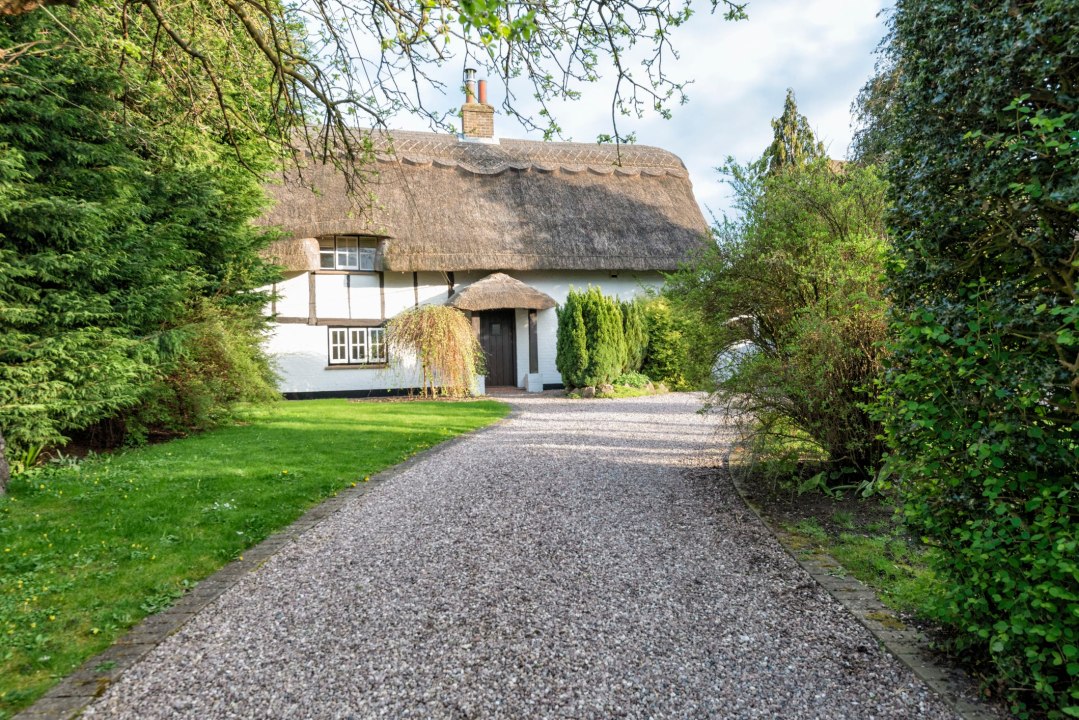When Zoë Cave Hawkins bought a run-down townhouse in the heart of the cathedral city of Winchester, she was fully aware that getting permission to update the Grade II-listed property was going to be a bit of a hassle. But the reality was far worse than she could have imagined. As fast as her architects could draw up plans, a phalanx of planning officers, listed building officers and conservation officers would descend to rip them up.
A proposal to build a terrace above the new flat-roofed kitchen extension was nixed because it would mean replacing a series of original windows on the first floor with modern French doors. A new door to an en suite bathroom was vetoed because it meant taking out a section of batten and horsehair wall.
But it was in the TV room that the process started to veer away from sensible protection of an 18th-century house in a prominent position and into something stranger, when Cave Hawkins was banned from stripping ‘layers and layers’ of old paint from its wood panels. ‘We were told that it is impossible to take the paint off without removing a fragment of the original wood too, even just by sanding it down,’ she says. ‘Then they said that all the layers of paint had become part of the fabric of the house, so they had to stay.’
Planning law is intended to safeguard our heritage buildings for the future. But the unintended consequences of the many rules and regulations that exist to protect them is that it is becoming harder and more expensive to own one as every year passes. Without change, the danger is that the rules designed to protect old houses could very well end up killing them off.
Cave Hawkins, a 49-year-old psychologist, had little choice but to comply with the no-sanding-the-panels rule. Unauthorised work to a listed building can result in two years in prison or an unlimited fine, so she settled for simply adding yet another coat of paint to the TV room panelling and moving on.
Amrit Marway, associate director of Architecture for London, says this kind of illogical logic is far from unusual. She regularly has to explain to clients that it will not be possible to upgrade draughty windows, even though modern slimline vacuum glass panes could be set seamlessly into existing original window frames, and that they will have to either live with the chill or put in ugly secondary glazing because that is the solution preferred by planners. She despairs at how little upfront information councils offer to help her draw up plans for homes. ‘Unfortunately most councils are still undecided on what they consider the best method of conserving a building is,’ she says.
While councils throw up roadblocks, the cost of renovations has also spiralled. Listed homes lost their VAT-free repairs status in 2012 and, since the pandemic, building costs have rocketed. Then there is the challenge of trying to find tradespeople able to recreate original sheep wool insulation or hand-paint areas of damaged original silk wallpaper, because repairs generally have to be of a ‘like for like’ nature – which means no modern shortcuts. As a result, listed houses have lost their sheen as unique, prestigious properties which buyers were proud to care for, and are increasingly seen as expensive white elephants in the property world.
The danger is that the rules designed to protect old houses could very well end up killing them off
Buying agent Tom Kain of Black Brick can already see the signs in London. ‘I think people are more wary of buying period properties that need work than they were in years gone by,’ he says. ‘With the inflated cost of work, extended time and risk involved, they have to be really excited by the opportunity to take it on.’
Helen Whitfield, a partner at Butler Sherborn, sees the same caution among buyers looking for a Cotswolds home who would prefer a pastiche new-build to the real thing. ‘There’s a clear shift in preference towards new-builds styled to look traditional – properties that offer period charm without the maintenance burden,’ she says. ‘Buyers are still open to listed homes, but only if everything has been done to make them energy efficient and low-maintenance.’
Jennie Hancock of Property Acquisitions has taken to warning her clients about the perils of taking on a listed building to avoid unsatisfied customers once a house has been purchased and reality sets in. ‘Nothing is straightforward and there are absolutely no guarantees,’ she says. ‘I always say to clients a listed refurbishment will take a long time and you can’t be sure you’ll get what you want at the end, so you need to be comfortable with that.’
She thinks the government should draw up straightforward national guidance on how historic homes can be maintained and modernised so buyers know what they are in for, and feels councils should take a more user-friendly approach than arguing about layers of paint and the exact width of window glass. A return to tax breaks would also help. ‘Heritage bodies have a reputation for being blockers rather than enablers, and that needs to change with clearer communication and a more supportive approach towards homeowners seeking advice,’ she says.
Back in Winchester, Cave Hawkins, who completed her two-year, £900,000 renovation in 2021, agrees that the whole process should be simplified. ‘It becomes a combination of planning, listed building and conservation officers,’ she says. ‘There are too many people, too many opinions, and it all seems a bit subjective.’
The good news is that she loves the modernised house she now shares with her teenage twins, and the bruises incurred during the planning process have faded. But would she do it again? ‘I wouldn’t, and I wouldn’t recommend it to anyone either,’ she says.








Comments